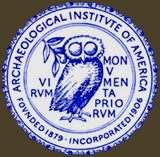
One of the world’s most distinguished and widely distributed journals devoted to archaeology, the AJA has set the standard for archaeological scholarship since 1885.
_______________________
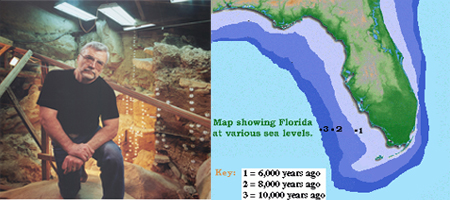
The First Floridians:
Early Humans on the Submerged Gulf Coast of Florida
Dr. James M. Adovasio
September 2012

Weaving as Worship
Reconstructing Ritual at the Etruscan Site of Poggio Colla (Vicchio)
Dr. Gretchen E. Meyers
February 2013

The Da Vinci Code, Templars, and Archaeology
Dr. Michael Fuller
November 2013
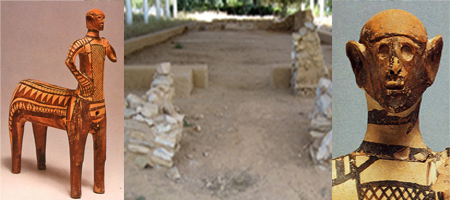
Out of the Dark:
Lefkandi in Euboea 1200 BC
Dr. Irene Lemos
February 2014

“To strive, to seek, to find, and not to yield”: Preservation of the Early Explorer’s Bases in the Ross Sea Region of Antarctica
Susanne Grieve
April 2014

Welcome to the South Florida Chapter of the
Archaeological Institute of America
The Archaeological Institute of America (AIA) is North America's oldest and largest organization devoted to the world of archaeology. The Institute is a nonprofit group founded in 1879 and chartered by the United States Congress in 1906. Today, the AIA has nearly 210,000 Members and more than 100 Local Societies in the United States, Canada, and overseas. AIA South Florida is one of four chapters in the state of Florida. Our members include professional archaeologists, corresponding members, students, and enthusiasts, all united by a shared passion for archaeology and its role in furthering human knowledge.
Snake Queens of Waka:
Royal Women Of The Snake Realm
Dr.Olivia C. Navarro-Farr
Associate Professor of Anthropology and Archaeology
College of Wooster
Friday 8 PM, October 21, 2022
The Palm Beach Museum of Natural History
10300 Forest Hill Blvd., Suite 172, Wellington FL 33414
"My talk focuses on the symbolic significance of Classic Maya royal queens of the snake realm and their political power which rose prominently during the Late Classic under the auspices of that regime. Their hypogamous marriages to subordinate vassal polities throughout the southern Maya lowlands created a network of alliances that elevated the snake realm’s hegemony. Utilizing the Indigenous ontology of gender complementarity as a foundational creation principle, I argue the power of these snake Queens was grounded not just in their association with that regime, but as women with the attendant implications of fecundity and reproductive power as central to their political cachet. These power domains, steeped in the potent magic of fertility, were also central to their rule as conjurers and diviners, acts of sorcery themselves metaphorically linked to birth and birth work. Orienting my position from the ancient city of Waka’, I review the substantial archaeological and epigraphic data surrounding two such queens who ruled during the 6th and 7th centuries, respectively. I evaluate how these lines of evidence permit keen understanding of their governing strategies, their wielding of sacred power, and how the people they ruled ancestralized them in memory for generations to follow, cementing their legacy within Waka’s social and political landscape and beyond."
Dr. Olivia C. Navarro-Farr is Associate Professor of Anthropology and Archaeology in the Department of Sociology and Anthropology and Chair of the Program in Archaeology at the College of Wooster. She teaches courses in archaeology, anthropology, and ancient Mesoamerica. She has worked in the Maya area since 1997 on projects in Belize, Mexico, and Guatemala and she currently directs research at the Proyecto Arqueológico Waka’ (PAW) with Juan Carlos Pérez Calderón of San Carlos University of Guatemala and Damien Marken of Bloomsburg University of Pennsylvania. She has published in Latin American Antiquity, Feminist Anthropology, and in numerous chapters in various edited volumes. She is also co-editor (with Michelle Rich) of Archaeology at El Perú -Waka’: Performances of Ritual, Memory, and Power detailing research at ancient El Perú -Waka’. She has directed investigations at Waka’s primary civic-ceremonial structure (M13-1) since 2003. Her interests include the archaeology of ritual, monumental architecture, site abandonment processes, Classic Period Politics, and the role of royal women in Classic Maya statecraft.
If you would like to become a member of AIA South Florida, or just want to be notified about upcoming meetings, please send us an email through the Museum's Contact page. Not a member yet? Come join us for the 2017-18 lecture series as our guest, you are welcome!

Our award-winning popular magazine enters its seventh decade of publication committed to bringing the excitement of archaeological discovery to a popular audience.
_______________________

Early Humans in the Americas:
When Did They Arrive and
Where Did They Come From?
Dr. Steven R. Holen
October 2014

Atlantic Ais in the Later 17th Century: English Buccaneers, Spanish Silver, and Indigenous Divers from Florida
Peter Ferdinando
November 2014
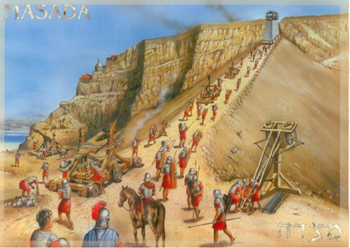
Endgame: The Siege of Masada
From The Roman Perspective
Dr. Gwyn Davies
February 2015

The Dragons of Ancient Mexico
Dr. John Pohl
February 2016

Archaeology in Palestine:
New insights into Biblical Archaeology – a view from ancient Jericho
Dr. Lorenzo Nigro
April 2016
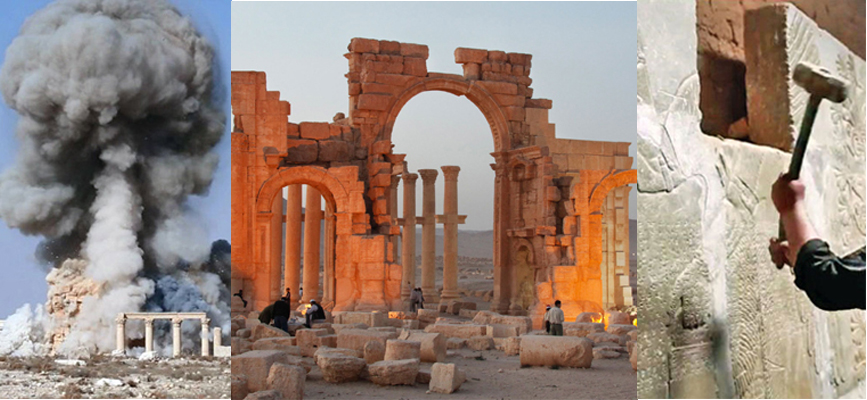
Rebooting Antiquity: How Holy Wars, Media Hype, and Digital Technologies are Changing the Face of 21st Century Archaeology
Dr. Neil Silberman
March 2017



